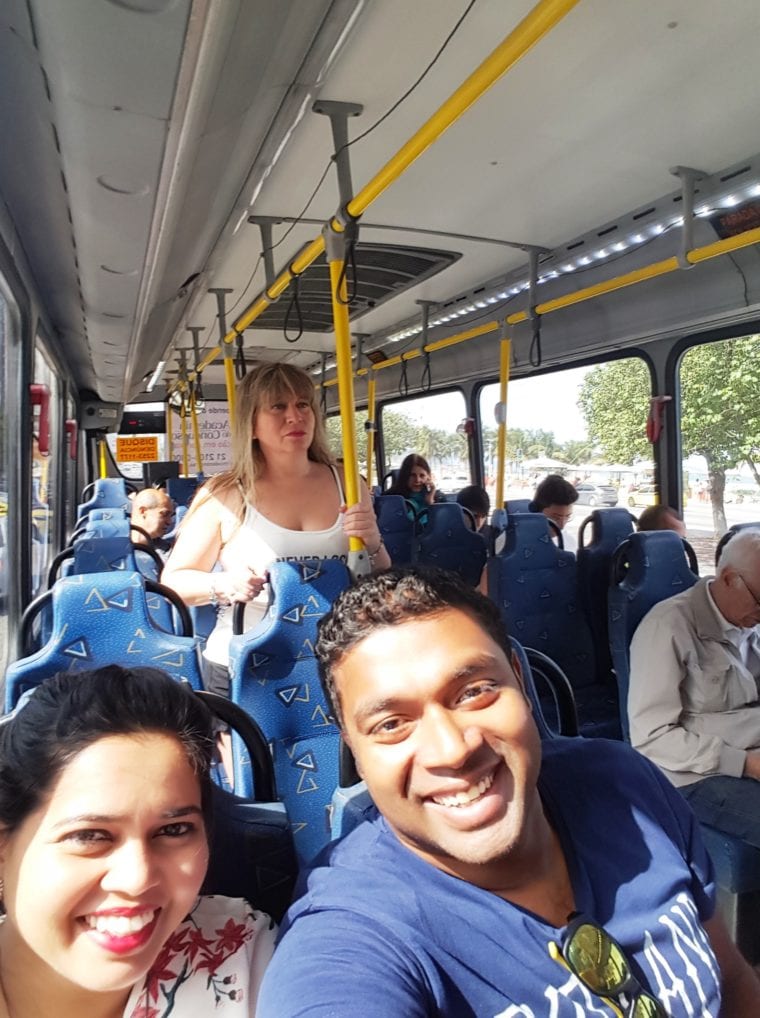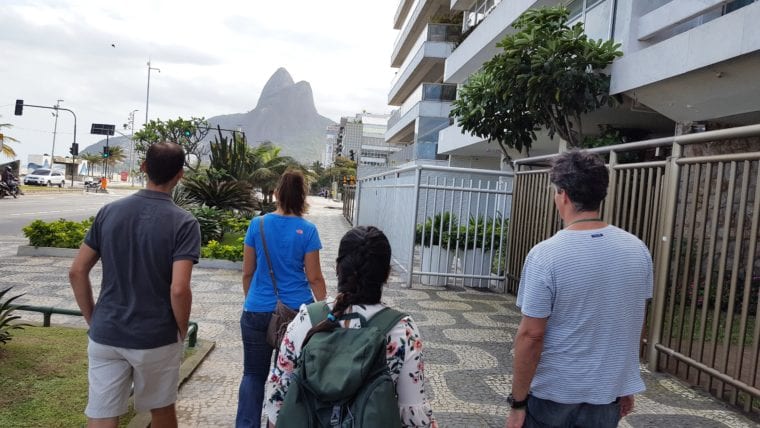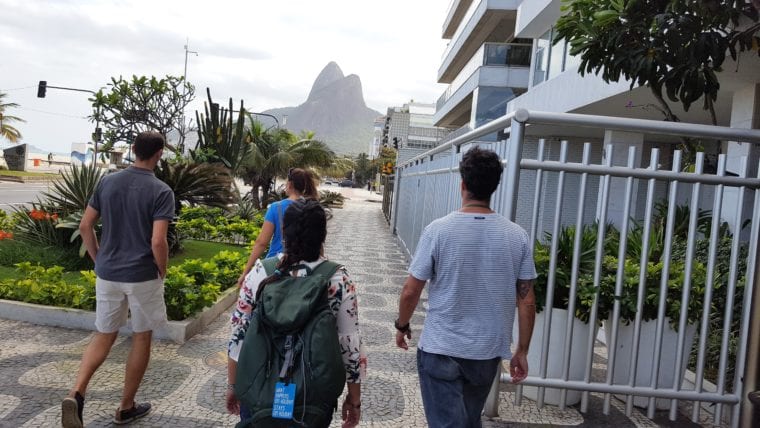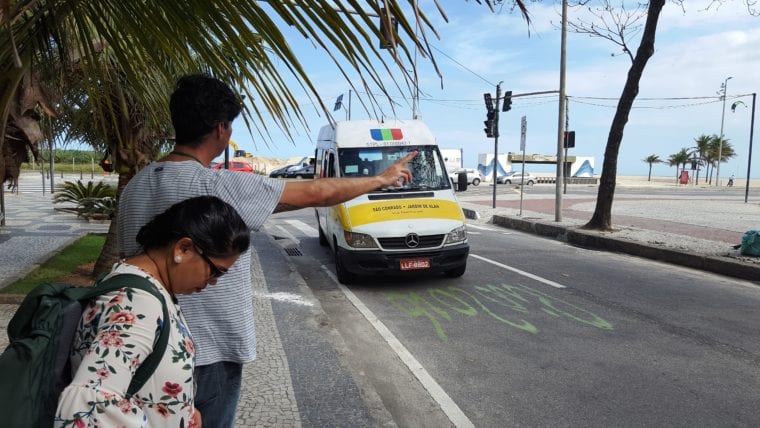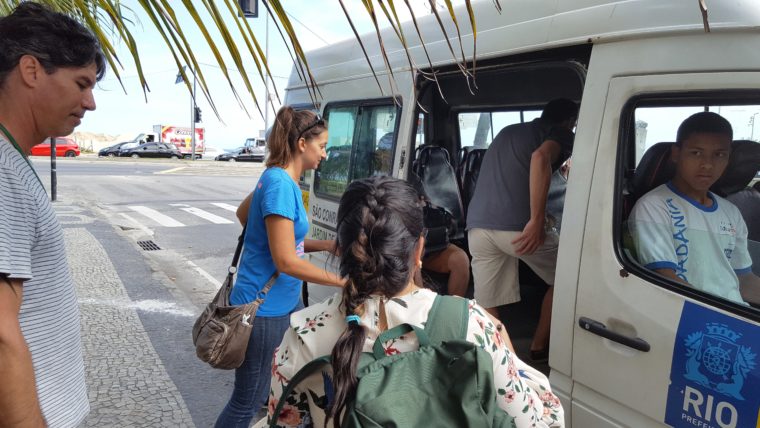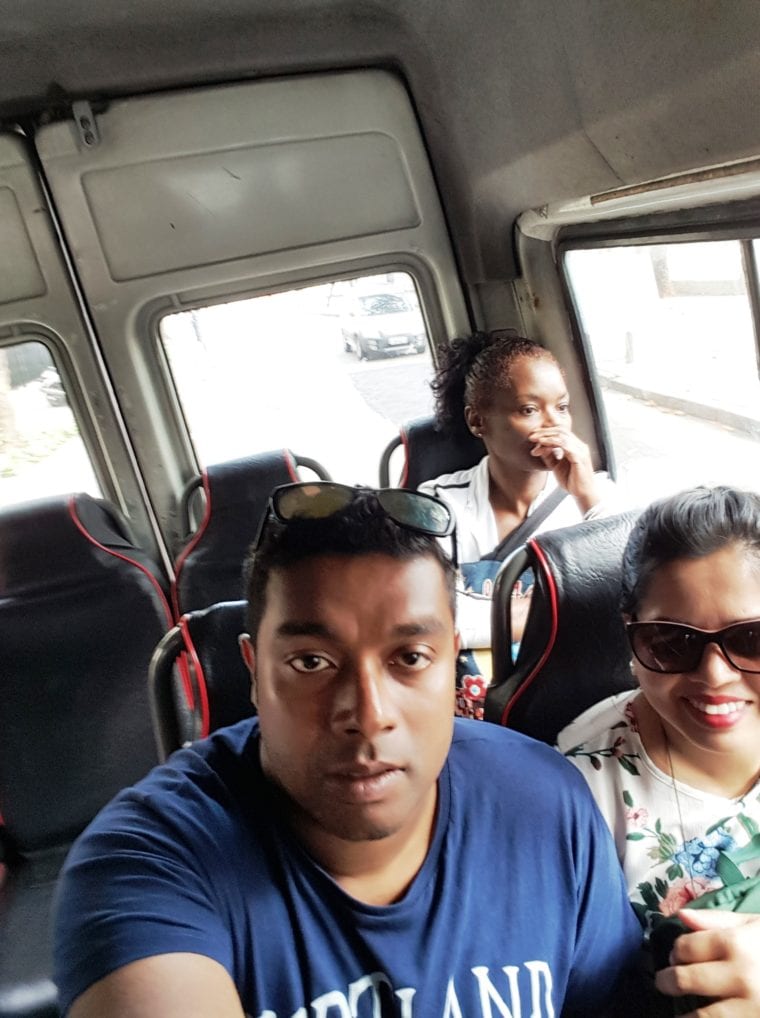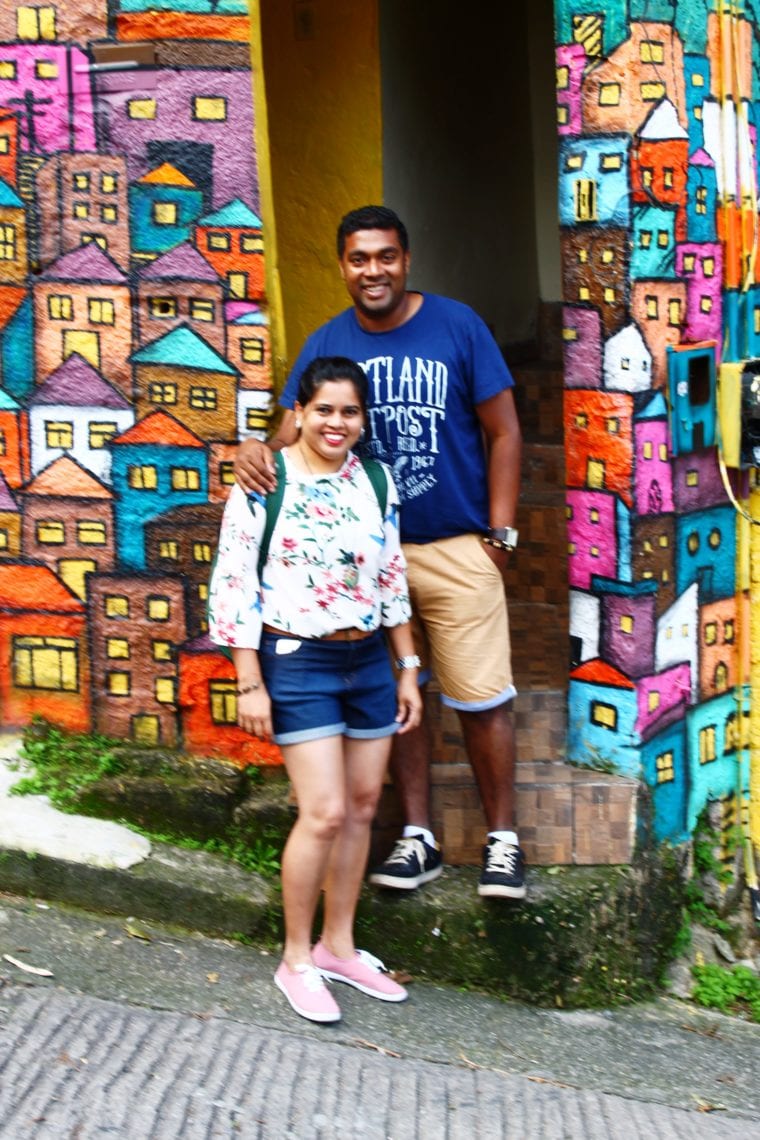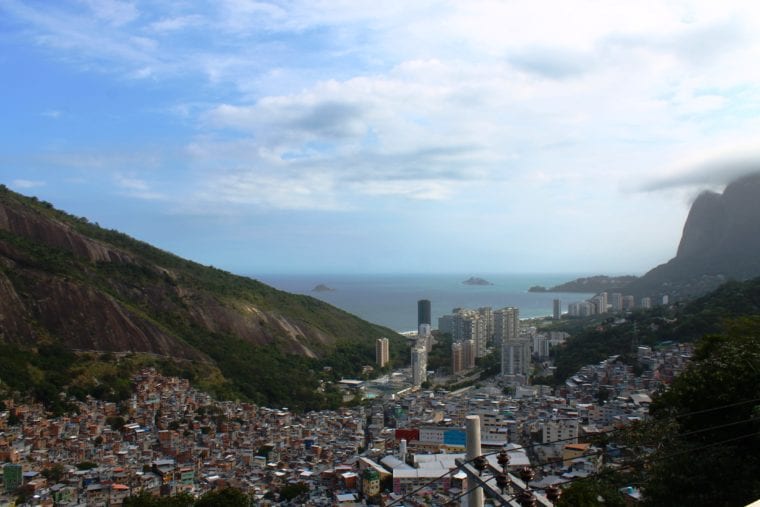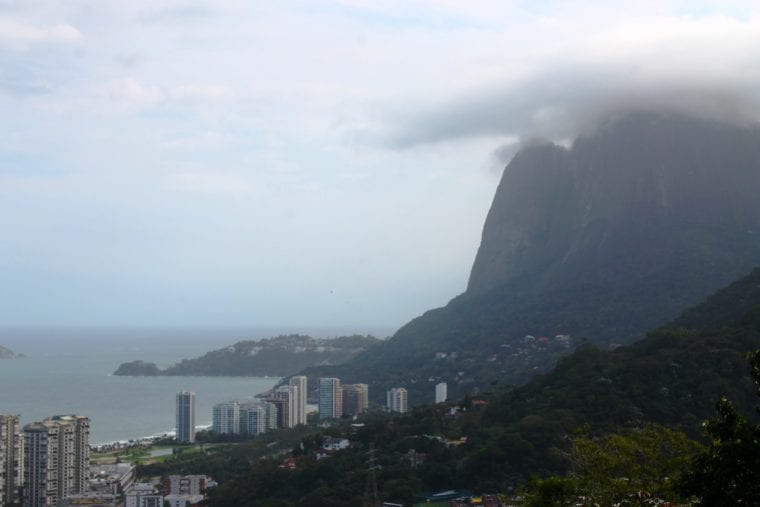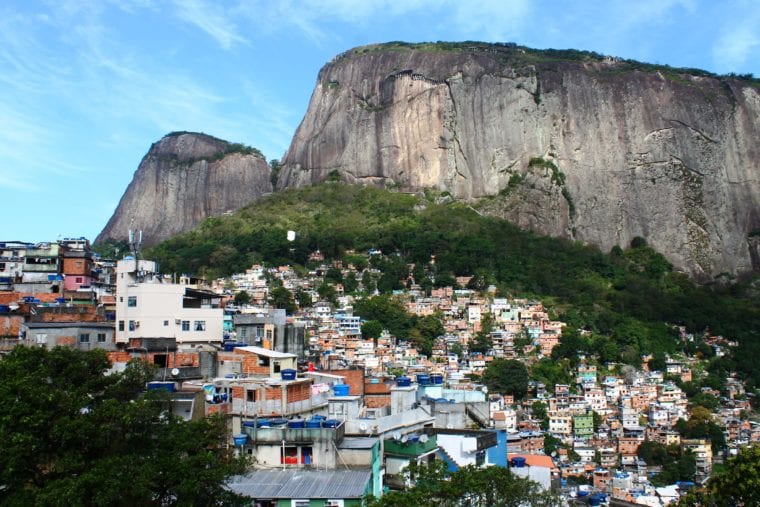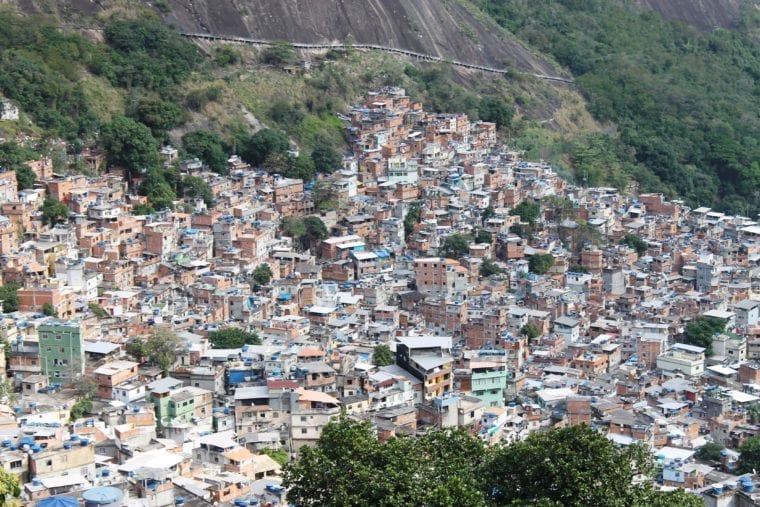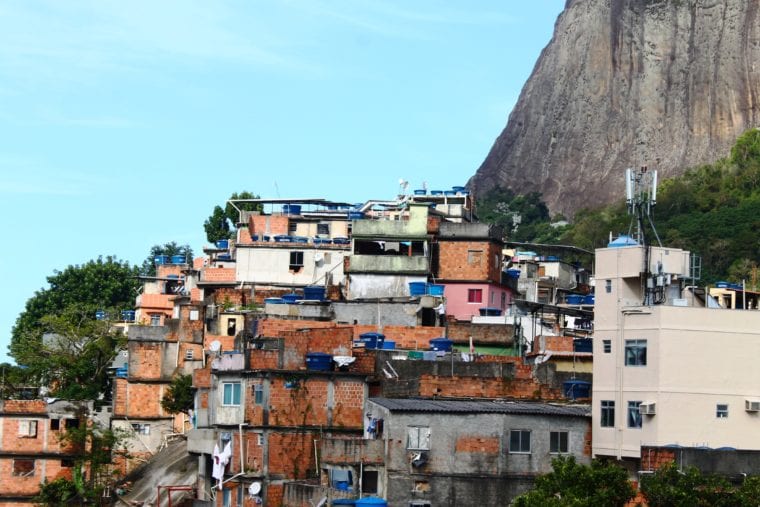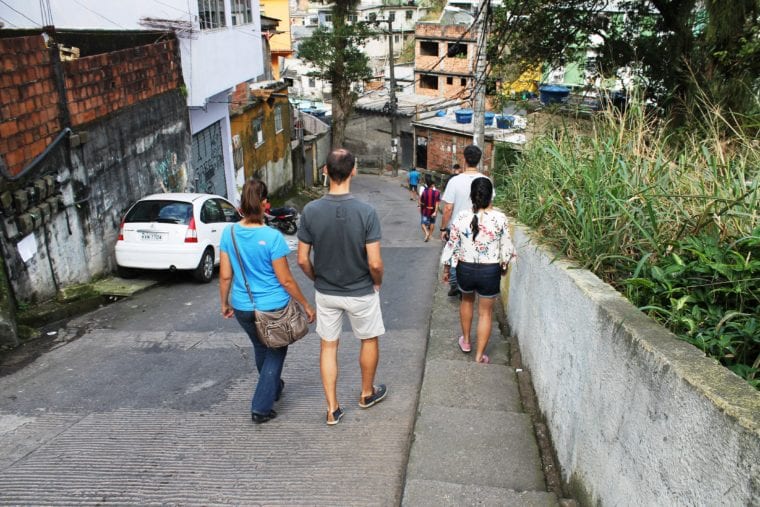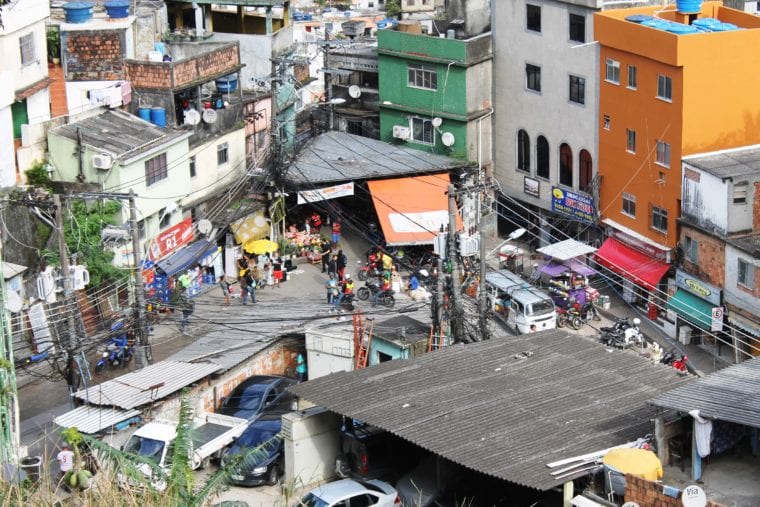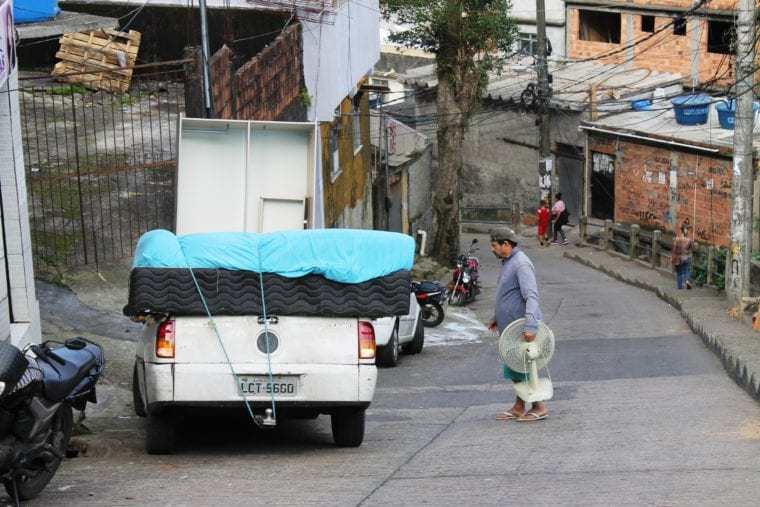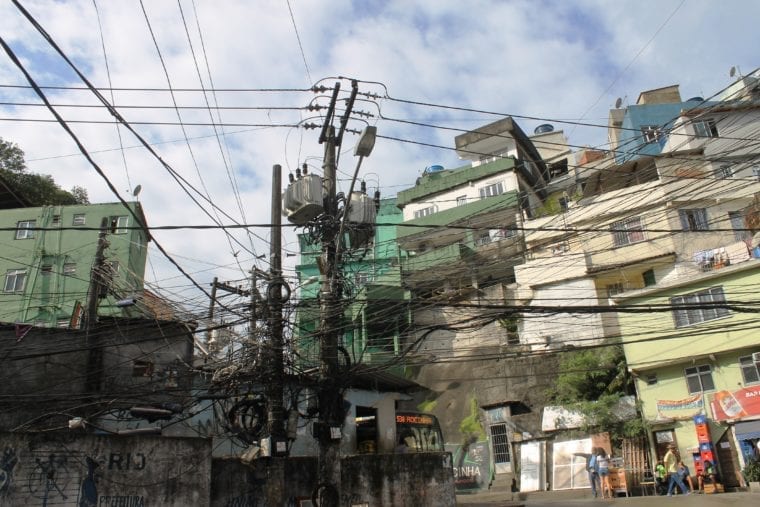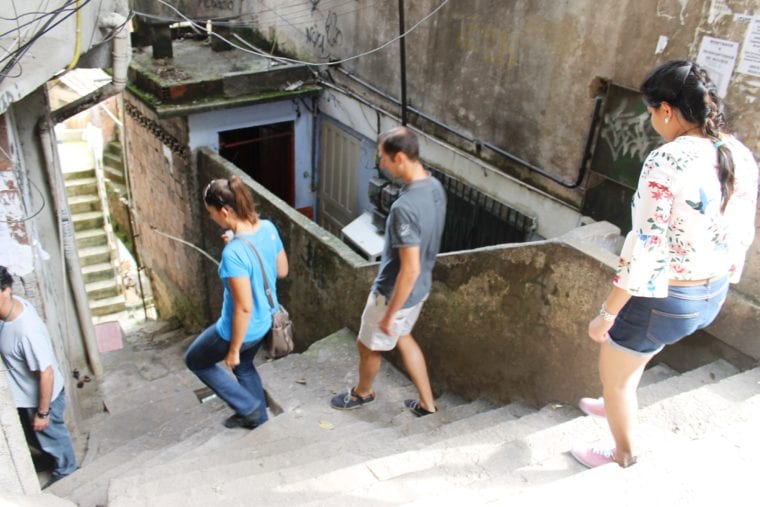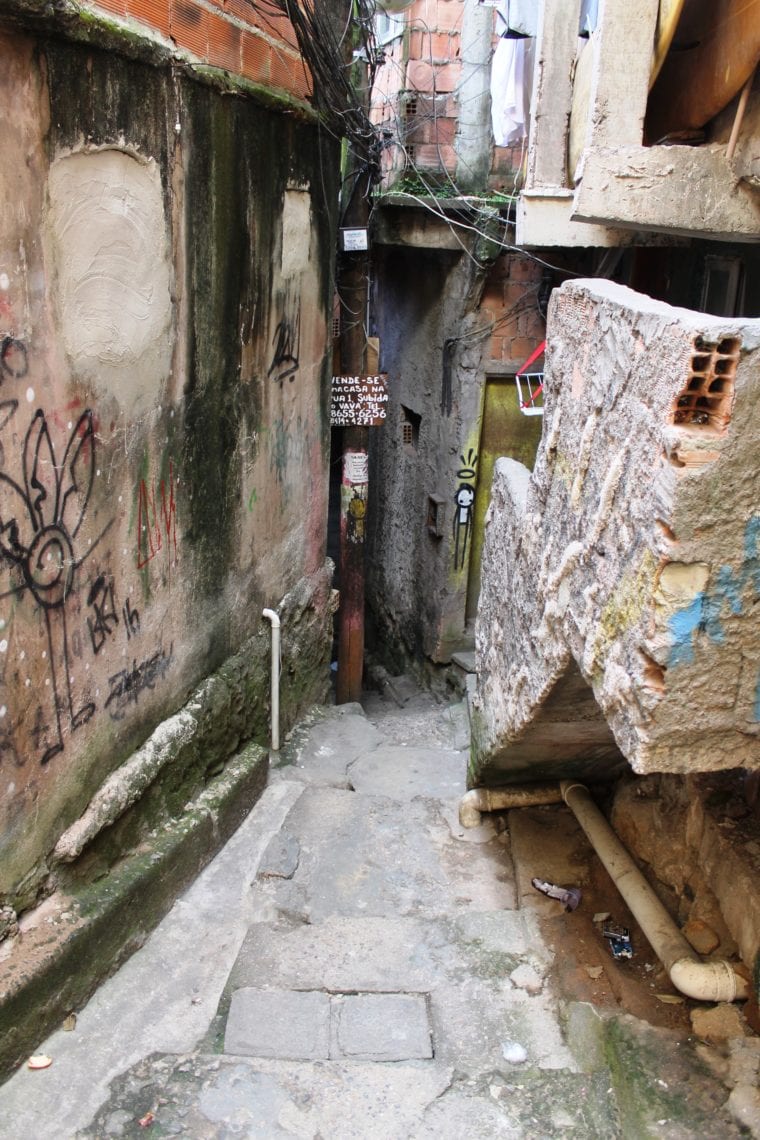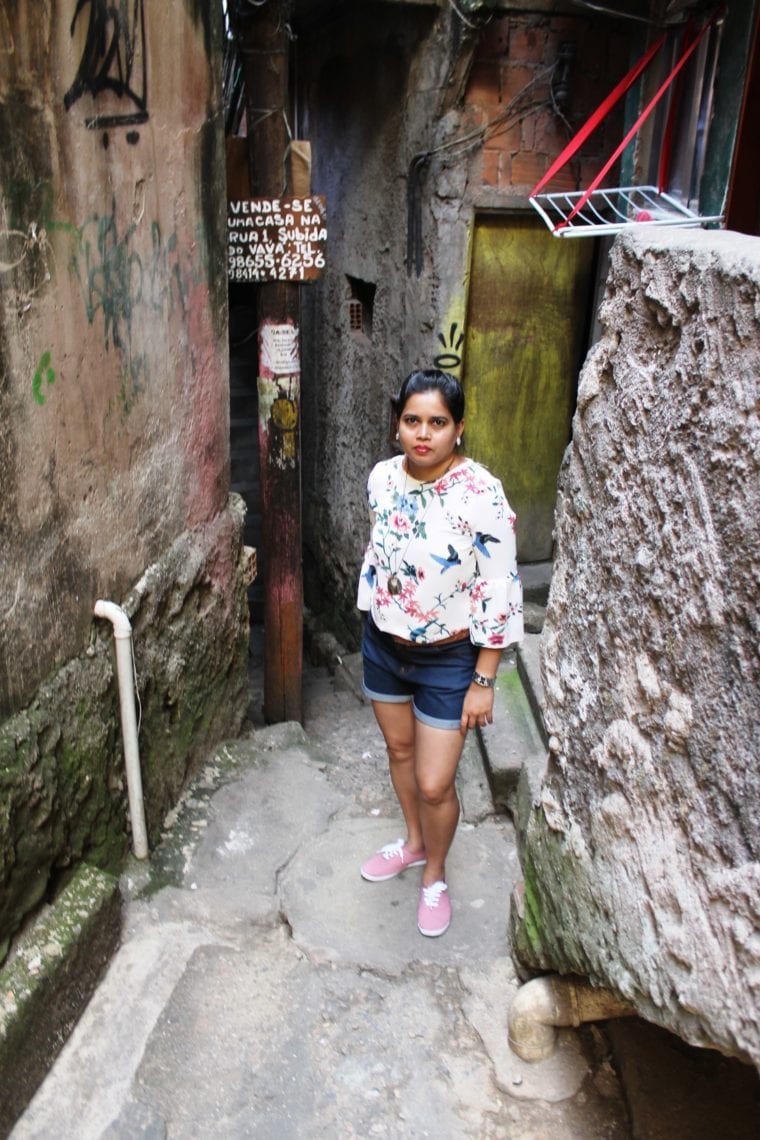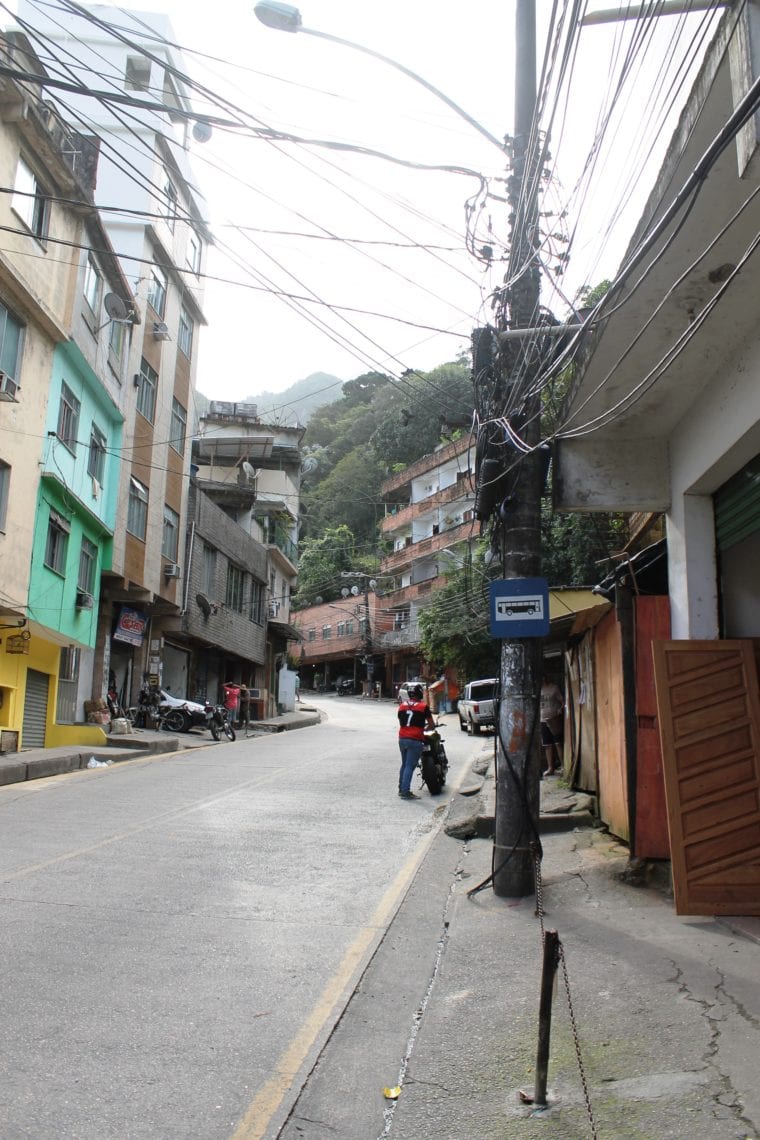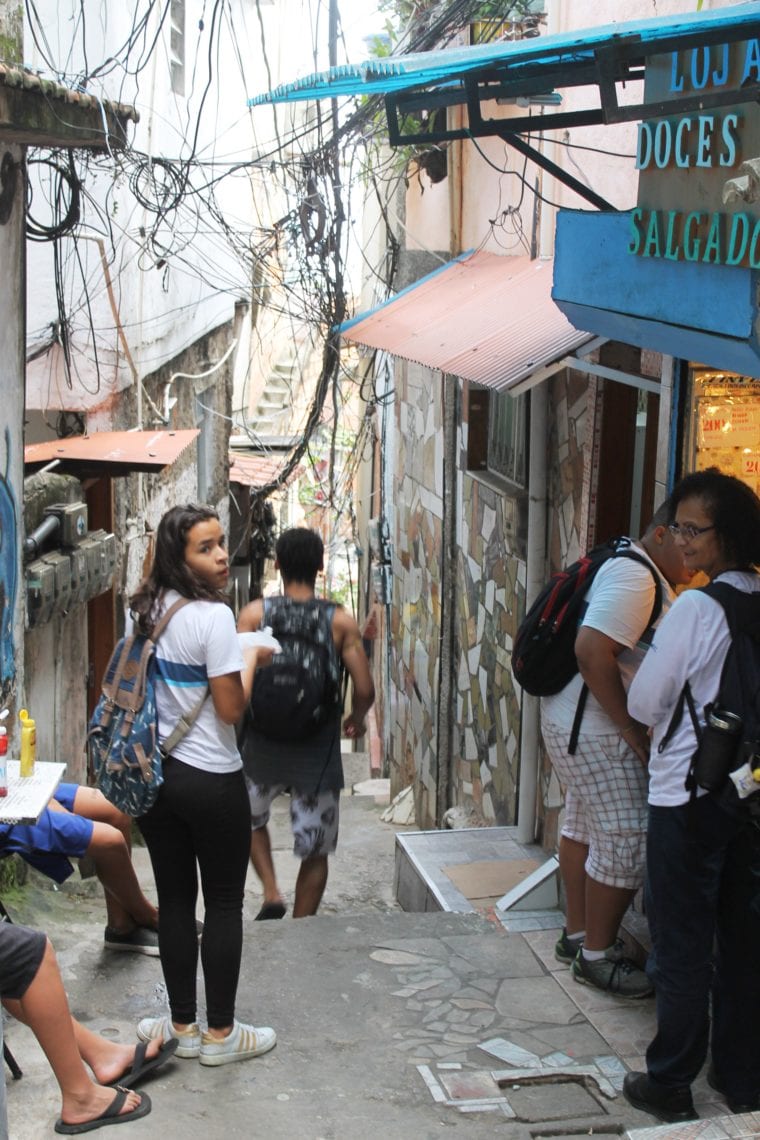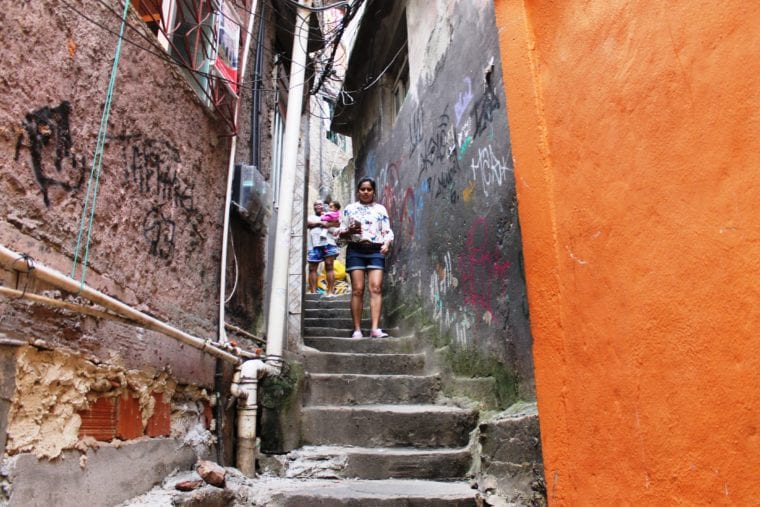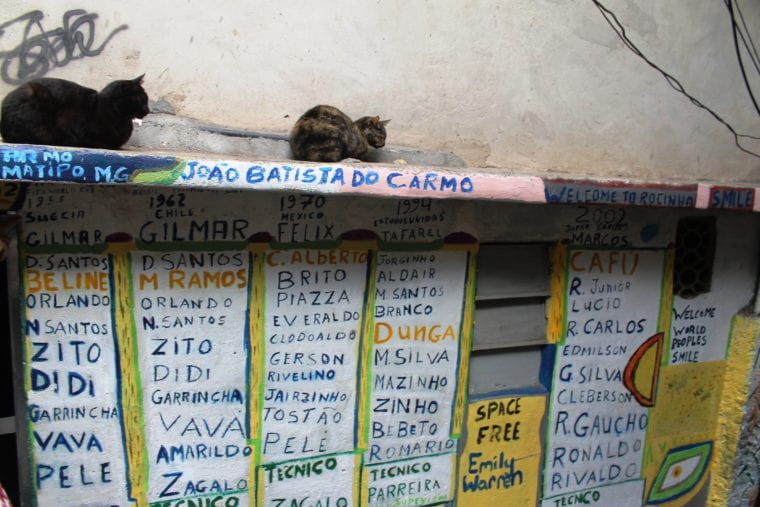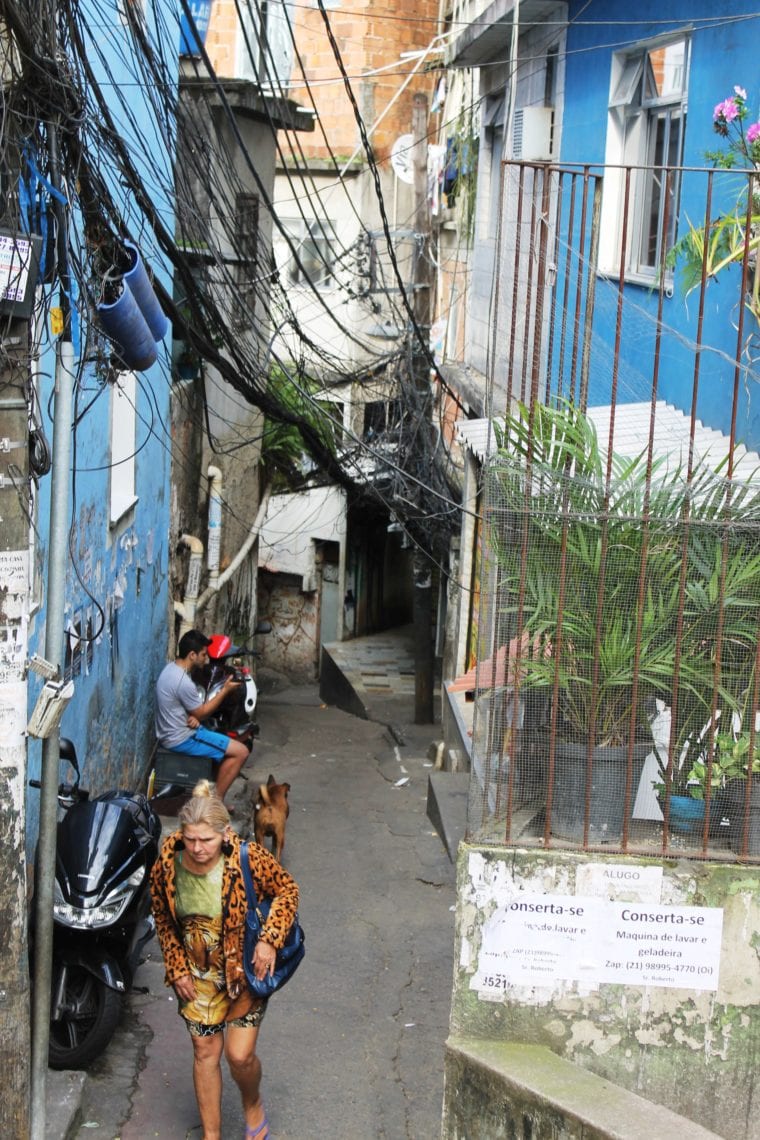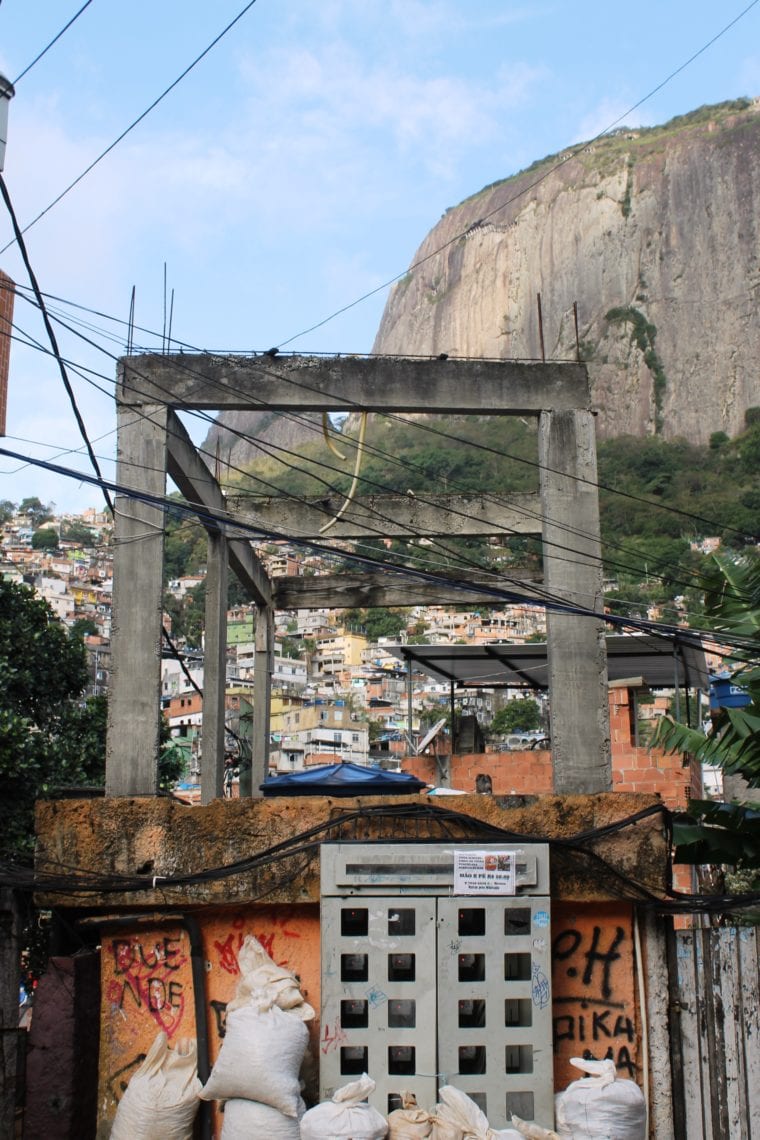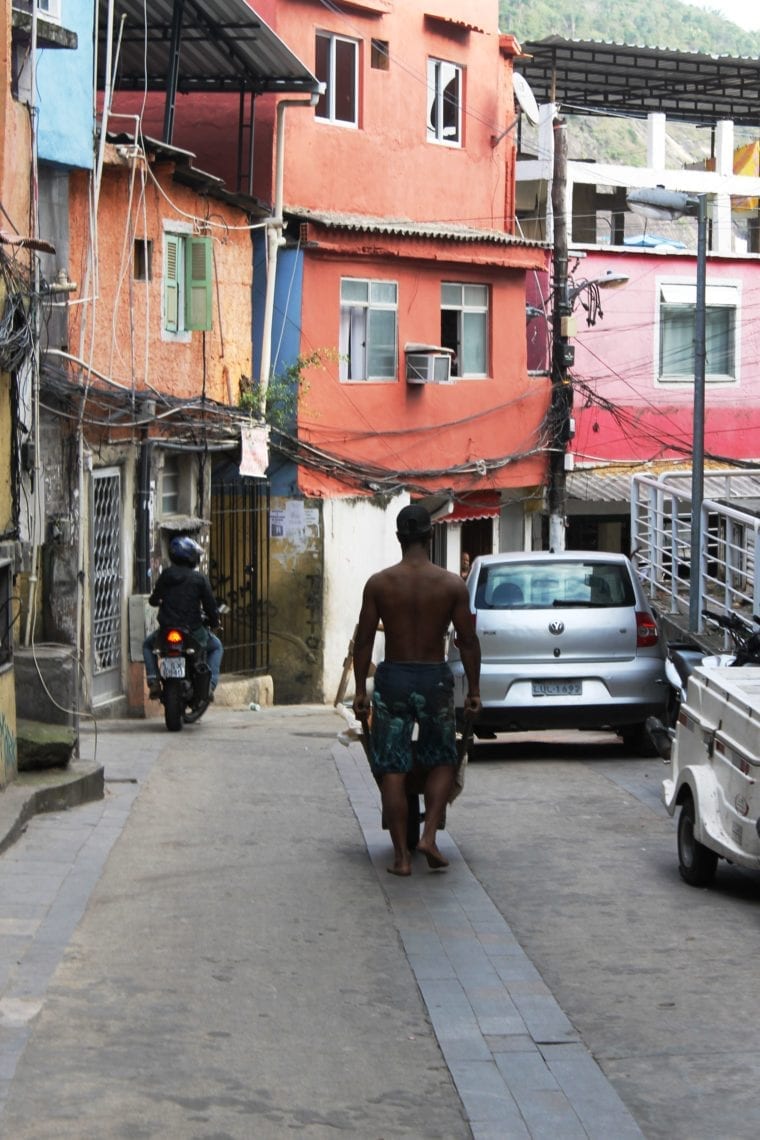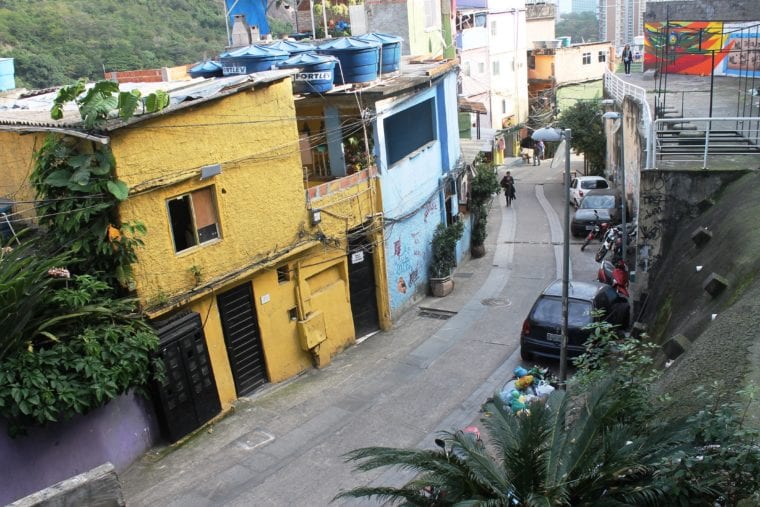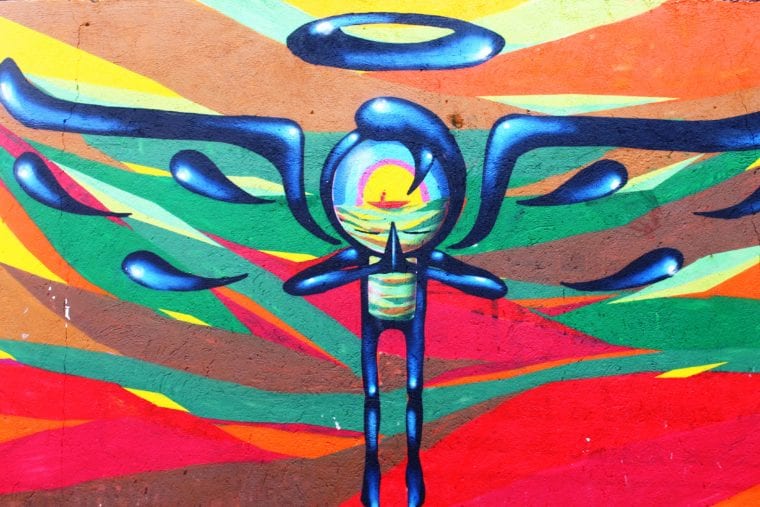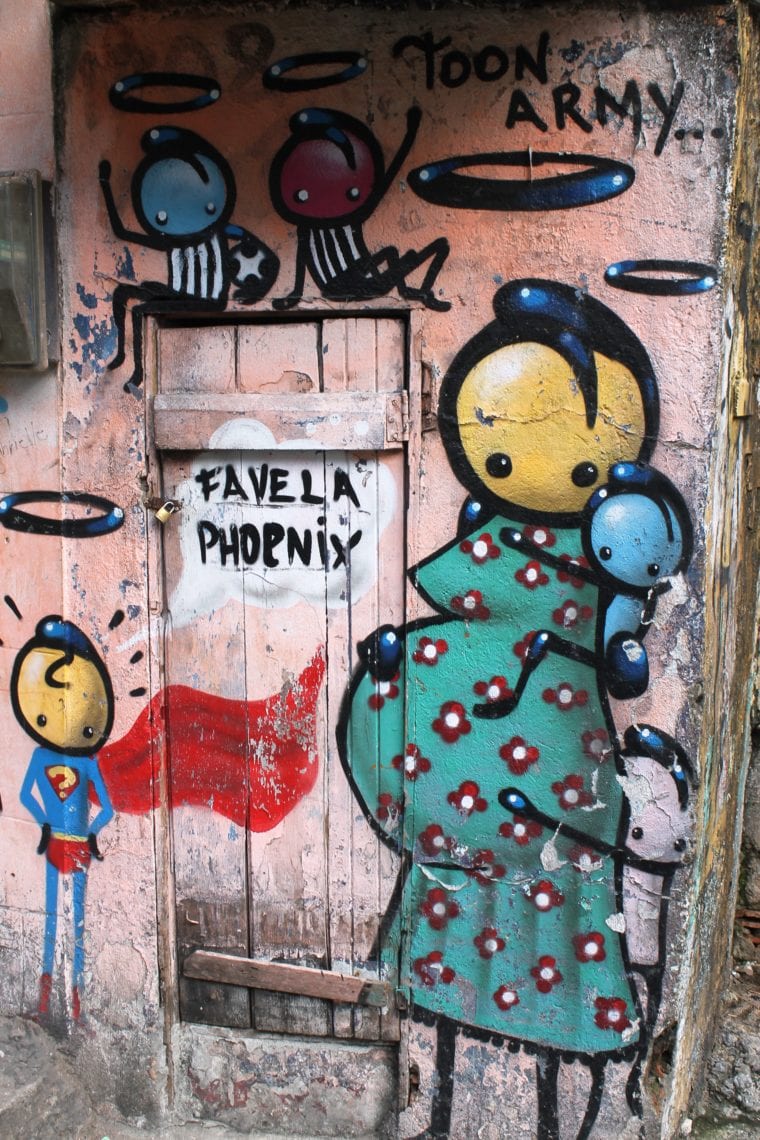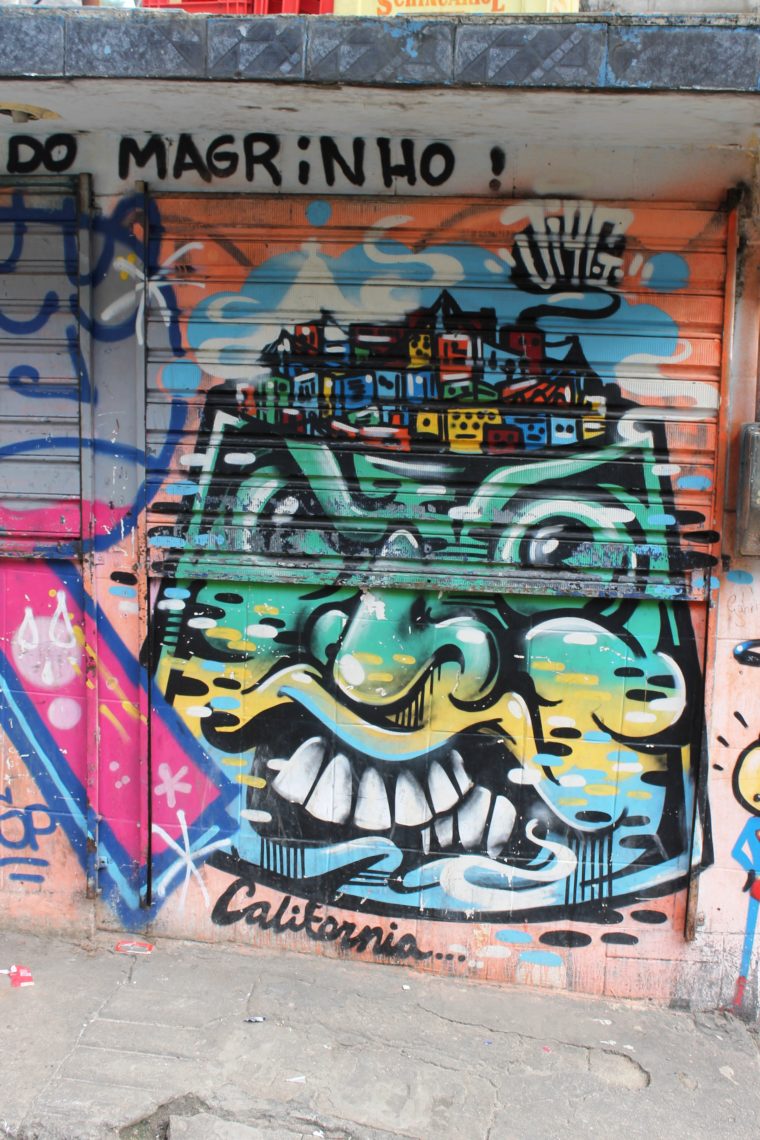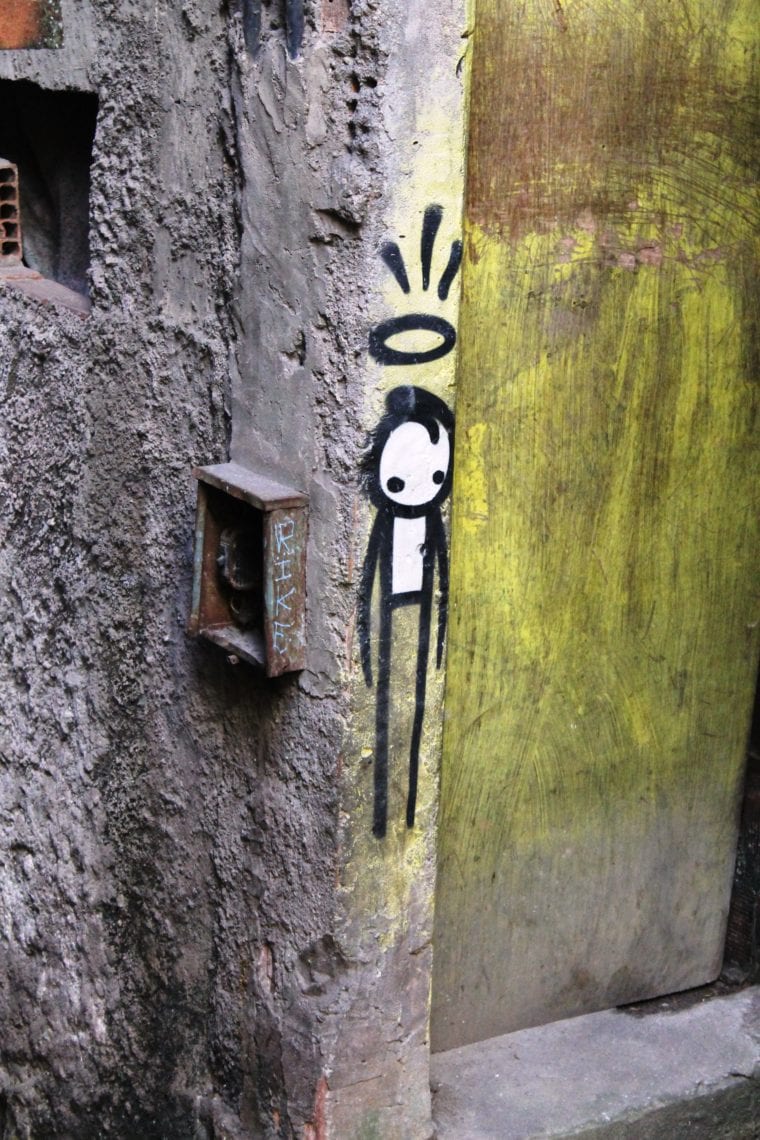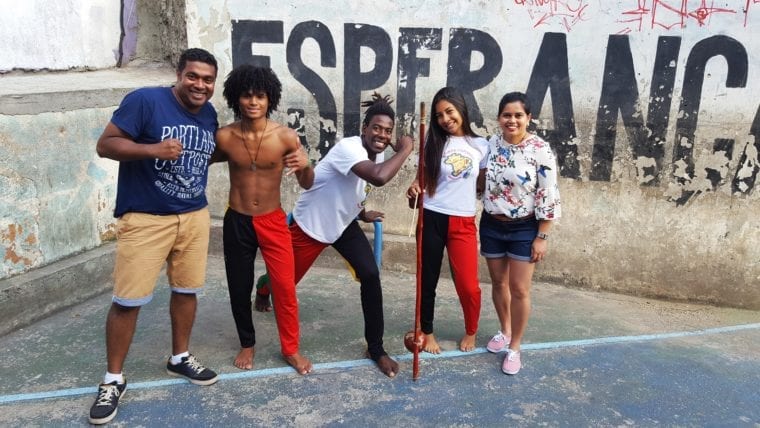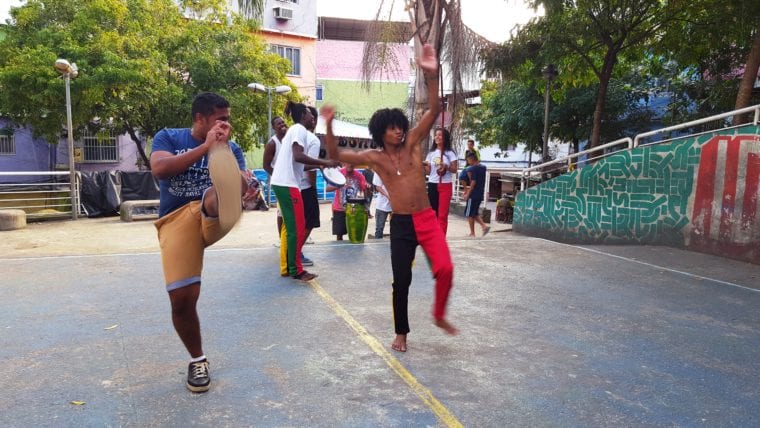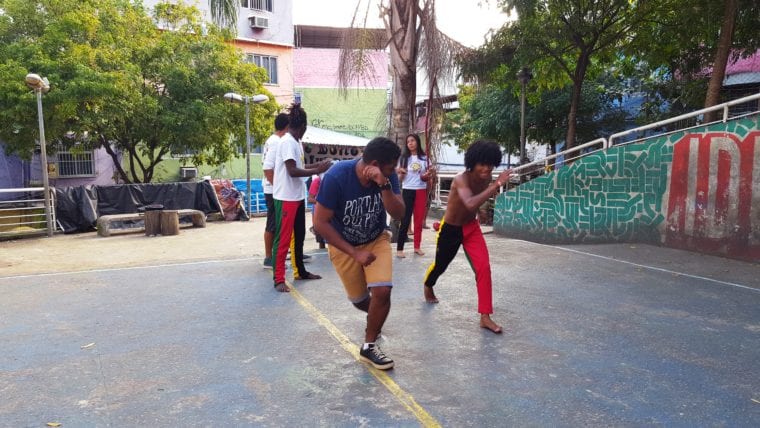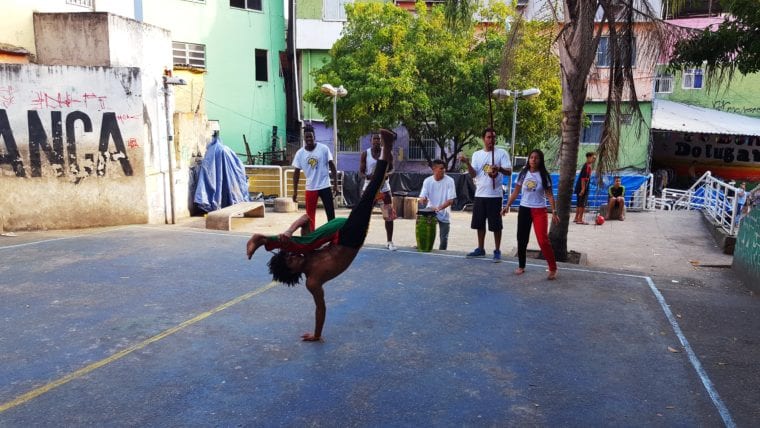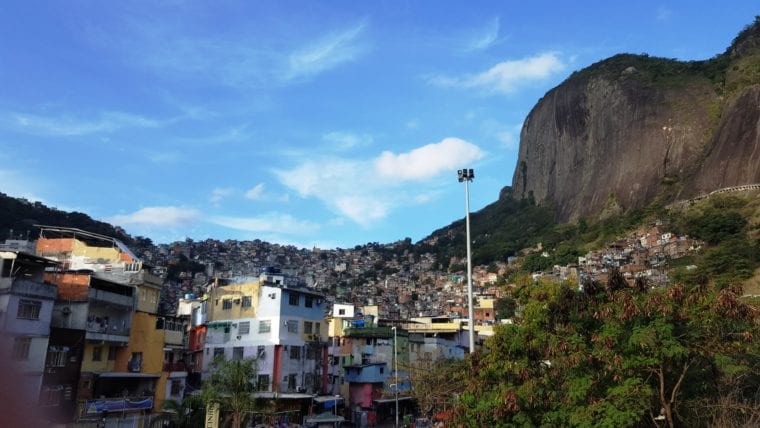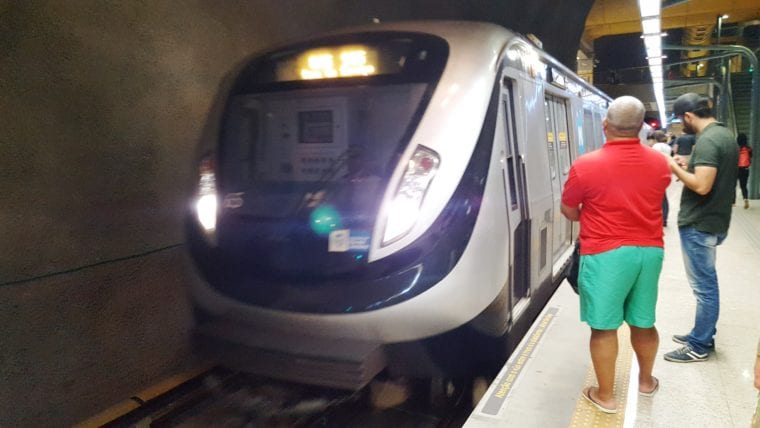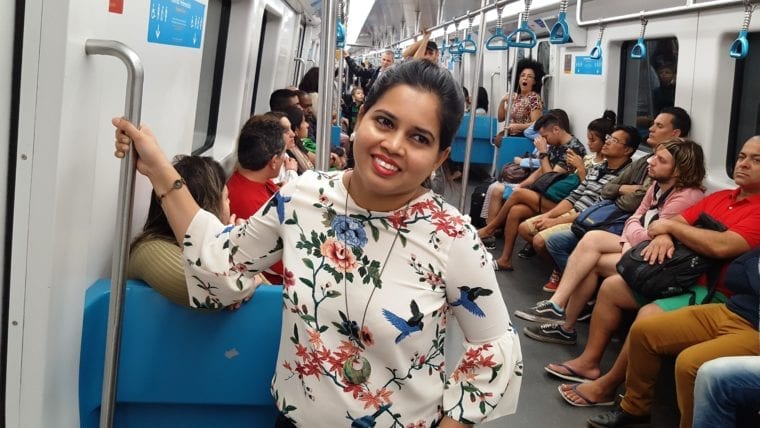It is not down in any map; true places never areHerman Melville
Visit Rio De Janeiro – Favelas of Rio
A visit to Rio isn’t complete without visiting the so heard of Favelas – Brazils version of shanty town. This is a must do to gain a different perspective of the city and to see the day to day lifestyle of people who live in these Favelas.
We had a stunning time walking across the beaches of Copacabana and Ipanema, and were running late to meet our guide who is a local of these Favelas. Gulped down a quick lunch chatting with two old local boxers who assured us that Rio is all about taking it easy. 🙂
Finally we met our guide Ricardo. I was keen on exploring the actual way of life in Rio rather than take a cab/van to the Favela. So we took our first bus ride from Copacabana to Ipanema. Unique to these buses is turnstiles inside the bus where in you swipe your ticket.From Ipanema we took the municipality run minvan all the way up to the Rocinha Favela – the largest Favela in South America.
Visit the Top 5 attractions of Rio – Read More.
Most of you must have heard or seen the movie ‘City of God’ which gives an unique but damming insight into the Favelas of Rio and here we were at the top of one of these Favelas. Our Guide Ricardo took us to the roof of a nearby house to give is a bird eye view of how this Favela looks and how its been growing for these many years. A perfect economic divide between the have and have nots!
These Favelas are underdeveloped and overcrowded settlements build around the edge of the city which with time create their own organisation and build own small communities. The Socio Economic difference between the city of Rio and Favelas is quite obvious at the very first glance. Narrow streets, unplanned buildings, open drainages, no plans whatsoever and absolute Chaos is what defines these Favelas.
Rocinha became a “Pacified” favela in 2011 and have had a police base there since then. In recent years this Favela has become more urbanised with building of some houses, electricity installation, running water and proper sanitation. Another striking feature at the Favela is the Graffiti street art by Marcos Rodrigo, also known as ‘Wark da Rocinha’.
Walking through these narrow lanes with prying eyes gives you an unique insight into the life and working of a Favela. Our Guide then introduces us to the Acorda Capoeira (Awaken Capoeira) group. Capoeira is a form of Afro-Brazilian martial art which combines elements of dance, acrobatic and music. They put up an unique show showcasing their amazing talent and they then ask one of us to join them to learn few moves!
We then head down to the foothill of the favela passing new school and community centre build by the government and then took a Metro back to Copacabana. This had been an excellent half day spend venturing into the heart of one of the biggest Favela on this continent while busting the stigma surrounding this place.
More flavours of our walk –
Read more about our Rio escapade– Click here
If you have queries/feedback, please leave a comment and I will get back to you ASAP.
